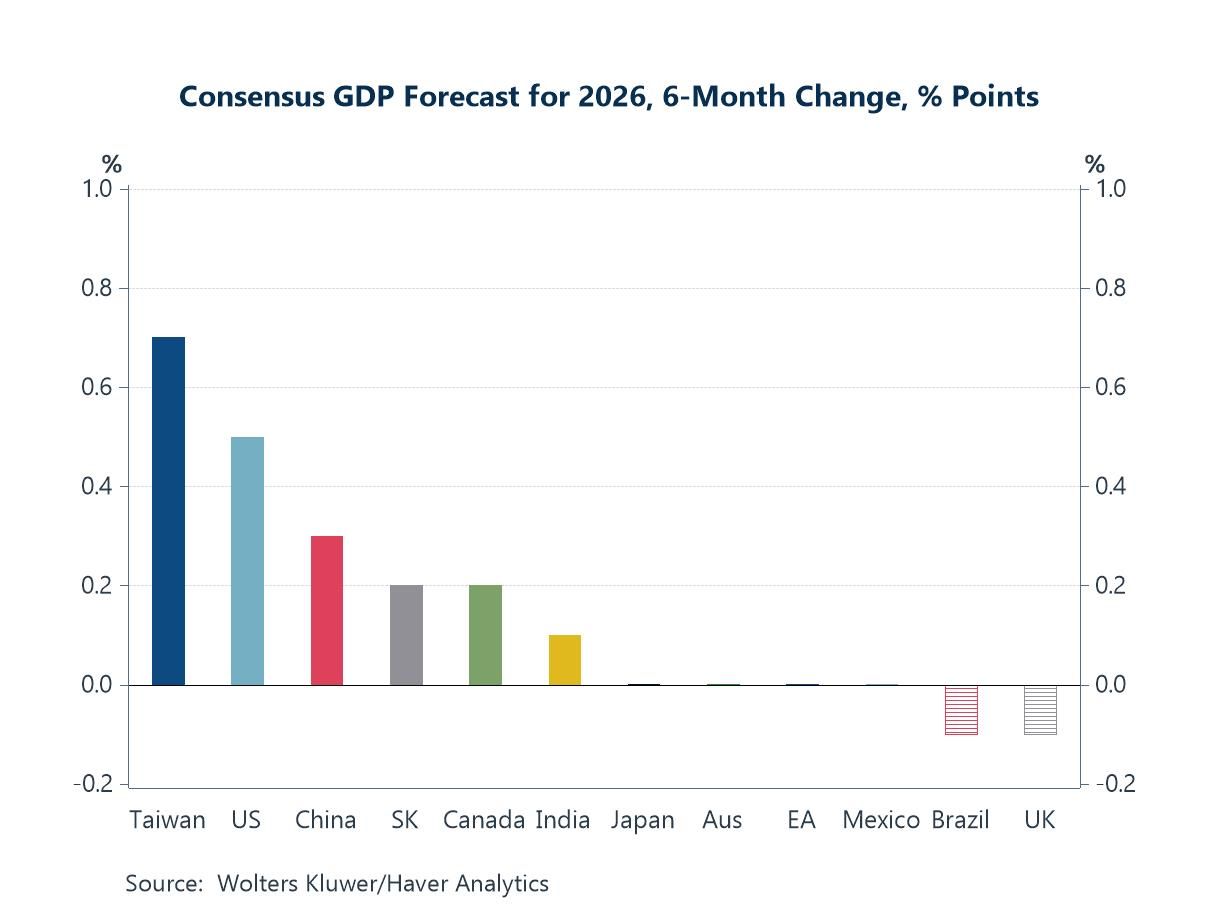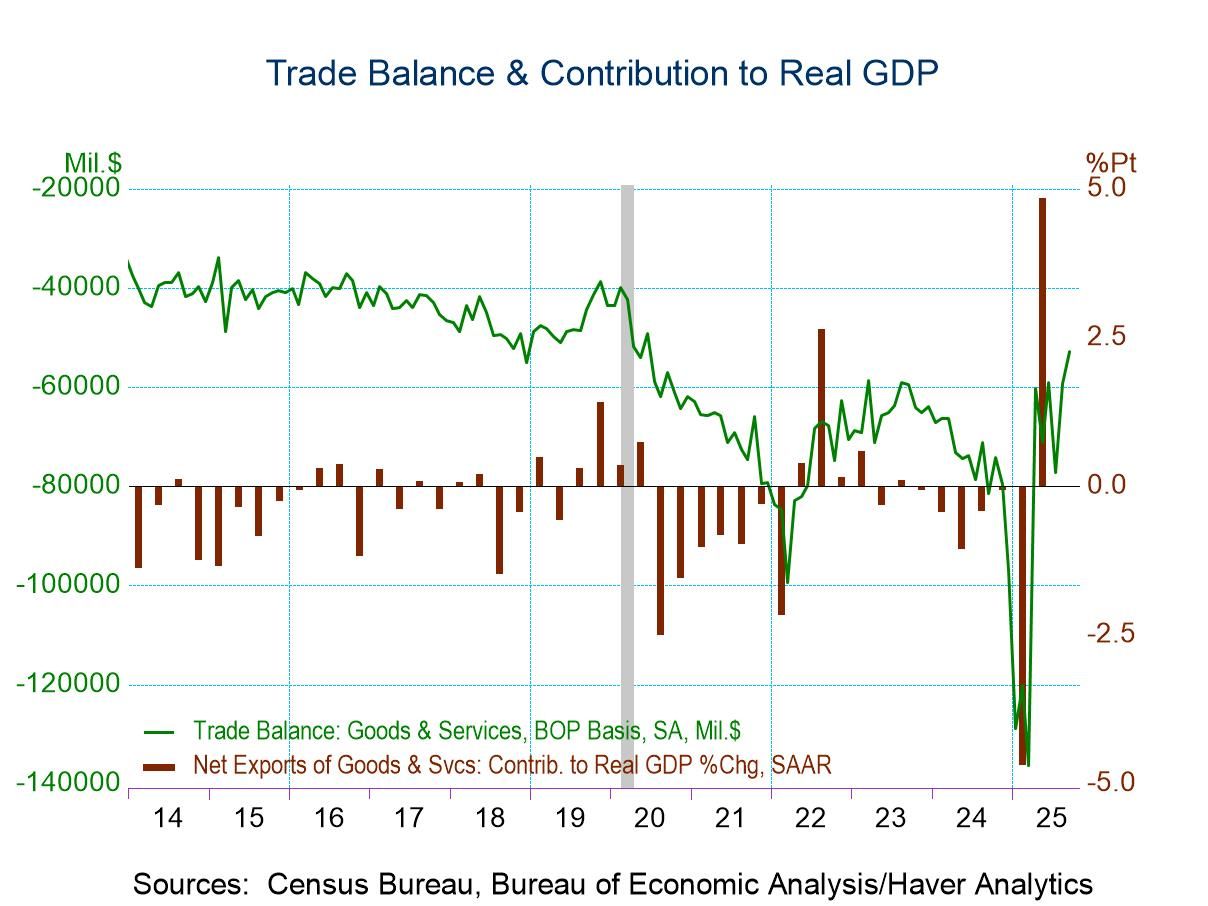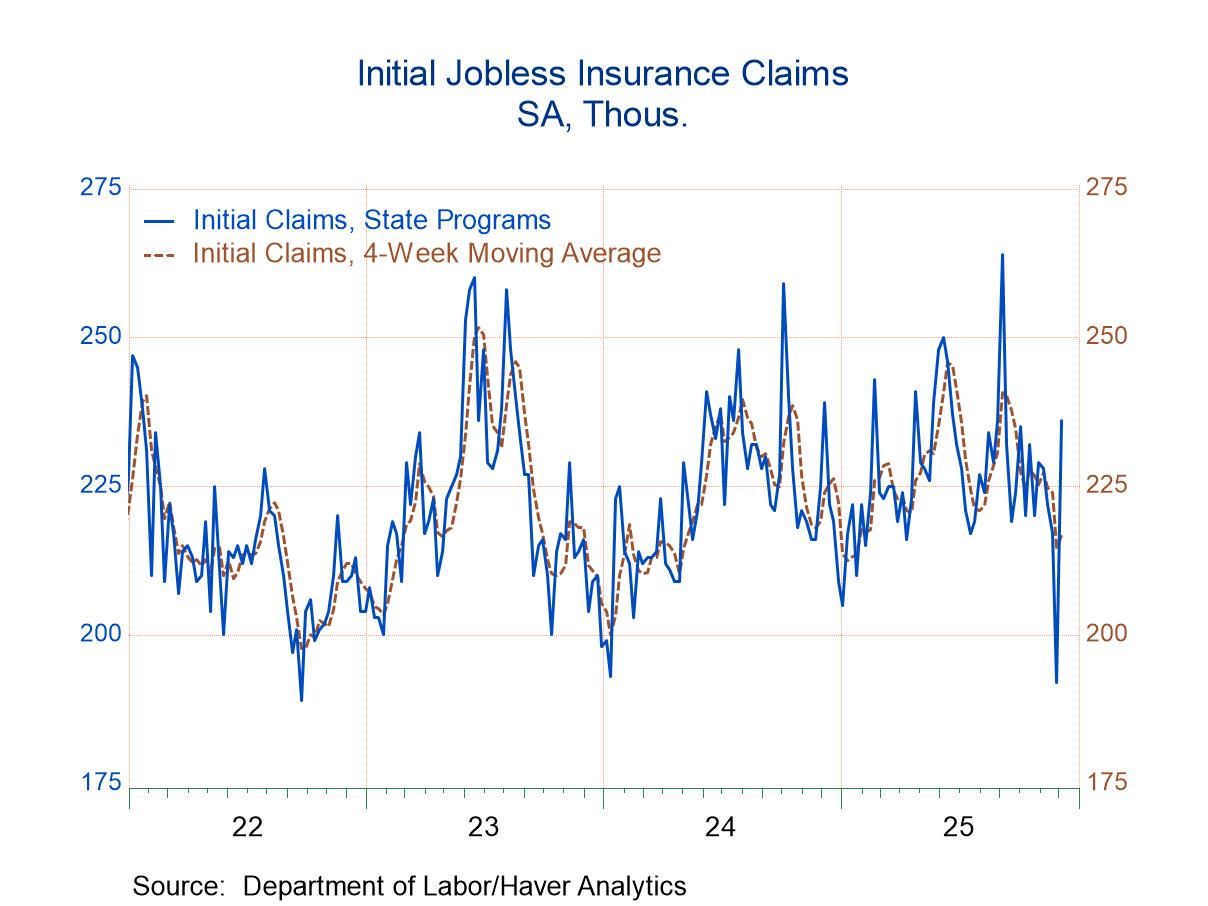German IP Puts on a Show- Rises Strongly

German industrial production in February grows by a strong 2% after rising by a very strong 3.7% in January.
Context for German growth The January rise followed a 2.4% decline in December. Still, these are very strong month-to-month growth rates for German industrial production. In terms of its sequential growth rates, German IP grows 0.7% over 12 months, accelerates to an 8.9% pace over 6 months, and accelerates further to a 13.3% annual rate over three months. Germany certainly does not look like it's on the threshold of recession. With two months in the quarter, German IP is growing at a 15.9% annual rate. However, the growth in industrial production in raw terms, compared to January 2020 before COVID started, shows a 2% drop on that three-year timeline. German industrial production is still not back to where it was before COVID struck. Evaluating the year-over-year German growth rate against its historic norms, the standing of the current year-on-year growth rate is only in its 44th percentile, leaving it below its historic median. So, what we see from Germany is a very short-term spurt in progress which is authentically strong but comes in the context of a long period of weakness and even of lingering year-over-year weakness in the face of this strong growth over the last several of months. The jury is still out on what this means for German growth.
Sectors in February In February consumer goods output rose by 1.4%, failing to offset the 1.5% drop in January. Capital goods output rose by 3.4% month-to-month after a 0.1% rise in January. Intermediate goods output rose by 1.8% even after a huge 6% rise in January that is not so impressive when we look back to December and see there was a 5.9% drop in December. In addition to some strong near-term growth, there's also some considerable volatility in the German industrial output series. Manufacturing output taken as a whole grew by 2.4% in February after growing 1.9% in January; those two gains followed a 1.4% drop in December. Turning to construction, output grew strongly, rising 3.4% in February after a 9.9% gain in January, but January followed a 9.5% drop in December.
Context for recent sector growth The context for these growth rates finds an uneven path for consumer goods, where output is transitioning toward strength: output of consumer goods is falling 4.1% over 12 months, rises to a flat performance over six months and gains at a 4.9% annual rate over three months, a mild accelerating trend. Capital goods show a stronger tendency to accelerate with a 9.9% gain over 12 months, picking up to show gains of over 19% at an annual rate over six months and three months. Intermediate goods output falls at a 4.8% pace over 12 months, rises at a 1% annual rate over 6 months that steps up to a 6.3% annual rate over 3 months. Manufacturing output in total rises 1.6% over 12 months, accelerates to a 9% pace over six months and accelerates further to an 11.6% pace over three months, a clear accelerating trend. Construction output rises 1.7% over 12 months and then moves up to a 12% to 13% annual rate over six months and three months, a clear step up in activity.
QTD and queue standings for IP growth On a quarter-to-date (QTD) basis, the strength in industrial production comes from intermediate goods with a 15% rate of increase, capital goods with a 14% annual rate increase, and with the pace held back by a 0.2% annual rate increase for consumer goods. Construction is up at a 24% annual rate QTD; manufacturing output overall is up at an 11.7% annual rate.
Measuring the year-over-year growth rates by assessing them relative to historic trends, as we noted earlier, overall industrial production has a 44-percentile standing for that growth rate, consumer goods has a 10.8 percentile standing, intermediate goods has a 9.7 percentile standing, construction has a 31.5 percentile standing. All of these are below the 50% mark that represents the median result for year-over-year increases. Exceeding the median is capital goods with an 89.2% standing and manufacturing output overall, with a mild above-the-median result showing a 52-percentile standing for its year-over-year growth rate.
Real sales and orders trends We can also look at what's going on with real orders and real sales. Real manufacturing orders are accelerating sequentially from a 5.9% drop over 12 months to 32.6% annual rate increase over three months. Sales in manufacturing are more erratic and weak over three months, moving from a 2% growth rate over 12 months, strengthening over six months and then falling at a 3.4% annual rate over three months. The quarter-to-date growth in manufacturing real orders is at 16.7% pace; for real sales in manufacturing there's a decline of about 1% at an annual rate.
Other indicators Other indicators that are presented in a diffusion index format include the ZEW current index, the IFO manufacturing index, IFO manufacturing expectations and the EU Commission industrial index. The ZEW current index, the IFO manufacturing index and IFO manufacturing expectations index each show progressive increases from December to January to February. The EU Commission industrial index shows a step up from December to January and then a weaker result for February. The sequentially calculated averages over 12 months, six months, and three months for the indicators paint a mixed picture. The ZEW current index shows more of a tendency to weaken. The IFO manufacturing index manages to increase slightly from its 12-month average to its three-month average, weakening in between over six months. IFO manufacturing expectations, likewise, weaken over six months but strengthen on balance comparing three-months to 12-months. The EU Commission index shows a steady weakening from a reading of 8.3 over 12 months, to 3.4 over 6 months, to 3.1 over 3 months. The queue standings of these indexes and their historic context shows readings below the 50% mark for the ZEW current index, the IFO manufacturing index, and for IFO manufacturing expectations. However, the EU Commission index, the one index that is weakening sequentially, has a queue standing at its 67.5 percentile at about the two-thirds mark of its historic queue of data.
Other Europe Industrial production data from France, Spain, Portugal, and Norway are moderate to weak. These countries generally show a mixed picture of industrial output developments in the last three months. The sequential growth rates show a tendency for output declines and for weakening across most of these countries; Spain is a minor exception because after showing declines over 12 months and six months, it posts an increase over three months. Spain also logs a strong quarter-to-date growth rate at 8%, compared to 1.6% for Norway, 0.8% for Portugal, and a 0.2% annual rate decline for France. However, comparing these standings continues to be somewhat convoluted as Spain, which is showing the strongest growth in the quarter-to-date and the best sequential growth rate picture, has the weakest queue standing with output at a 36.5% standing based on its weak year-over-year growth rate. Spain’s weak standing compared to 70.8 percentile standing for France and a 67.8 percentile standing for Portugal against a 54.5 percentile standing for Norway. There simply are few consistencies here. All trends and developments are idiosyncratic.

On balance The upside of the German report is that it showed much more strength than expected in Germany over the last two months. However, this is growth that's coming during a period where conditions have been quite weak and while the growth is being supported by strong quarter-to-date increases in construction, as well as real manufacturing orders, the development of real sales appears to be floundering. The assessment of other indicators is more in line with the year-over-year growth that we see in industrial production, since other indicators have queue standings below their 50th percentiles indicating subpar growth. The rest of Europe’s momentum picture is mixed-to-poor. Although on a queue standing basis the growth rates for industrial production are for the most part firm when put against historic norms. Industrial production can be a volatile series and we see some of that in the German sectors and so it's probably not a good idea to get too excited about this two-month run in Germany industrial output, especially with world economic conditions being what we know them to be. I would be wary of trying to spin the good news in this report forward.
Robert Brusca
AuthorMore in Author Profile »Robert A. Brusca is Chief Economist of Fact and Opinion Economics, a consulting firm he founded in Manhattan. He has been an economist on Wall Street for over 25 years. He has visited central banking and large institutional clients in over 30 countries in his career as an economist. Mr. Brusca was a Divisional Research Chief at the Federal Reserve Bank of NY (Chief of the International Financial markets Division), a Fed Watcher at Irving Trust and Chief Economist at Nikko Securities International. He is widely quoted and appears in various media. Mr. Brusca holds an MA and Ph.D. in economics from Michigan State University and a BA in Economics from the University of Michigan. His research pursues his strong interests in non aligned policy economics as well as international economics. FAO Economics’ research targets investors to assist them in making better investment decisions in stocks, bonds and in a variety of international assets. The company does not manage money and has no conflicts in giving economic advice.





 Global
Global
